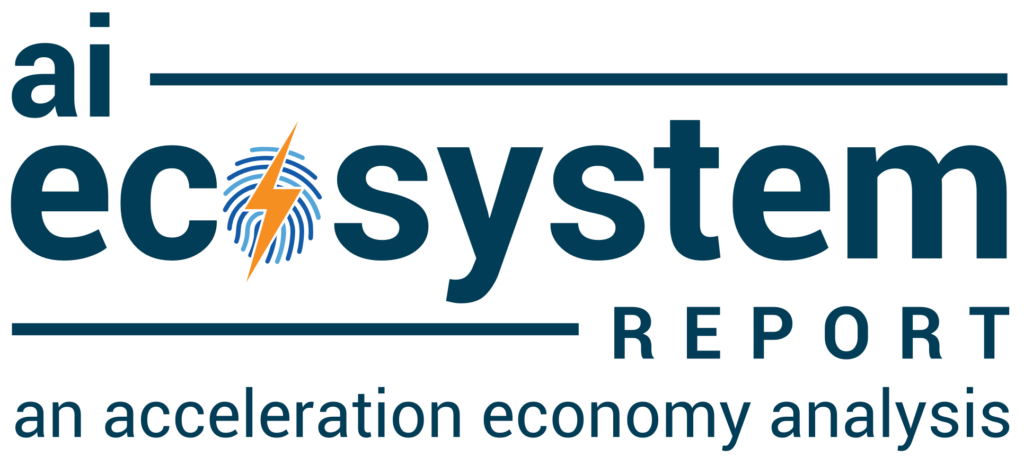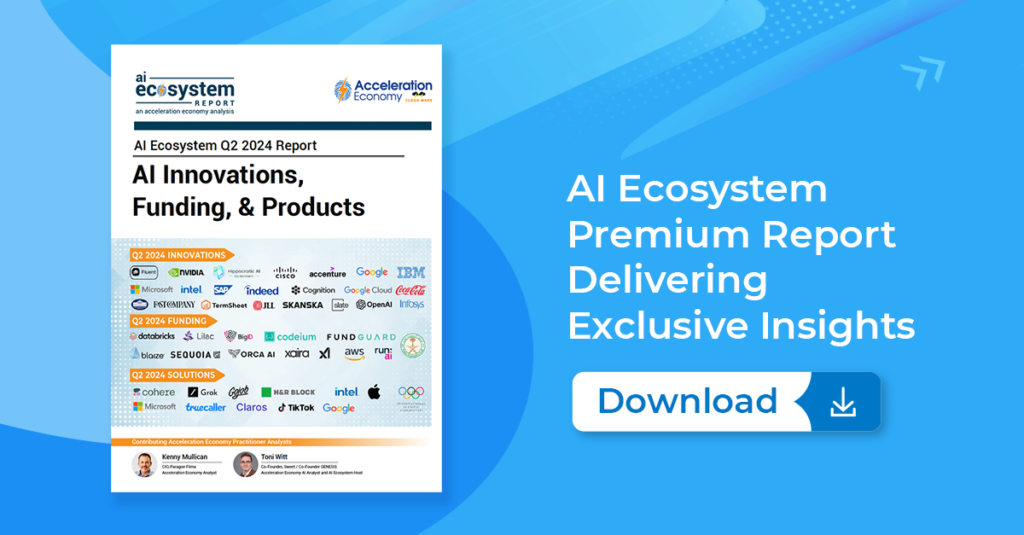
GenAI has great promise. Interest in and enthusiasm for its potential to positively impact businesses and how we work continue to grow.
For a reality check, Gartner released a report predicting that, by the end of 2025, at least 30% of GenAI projects will be abandoned after proof of concept. This is not a new or surprising reality. The technology industry has heard the “30-50% of technology projects fail” rhetoric for the last few decades. Especially with an emerging technology like GenAI, it takes strategic planning and discipline to ensure success.
In this analysis, we’ll explore Gartner’s case for the projected high GenAI abandonment rate and what leaders can do to ensure success.
Causes of AI Skepticism
Let’s start with Gartner’s main reasons why companies will abandon GenAI initiatives. If we understand and tackle these before evaluating and implementing GenAI for your next initiative, we can increase our odds of success.
- Trust: GenAI relies on high-quality, reliable data to train and develop the right input models and information for teams. Implementing a data quality framework is essential to adopting GenAI applications within your organization.
- Governance: GenAI has intellectual property, legal, ethical, and privacy issues, creating business risks. Without a well-thought-out data governance policy with proper risk controls, teams will become hamstrung and frustrated when dealing with the required risk controls.
- Return on Investment (ROI): A lack of impact and unclear business value are growing reasons teams move on from a GenAI-powered initiative. While many reasons exist for not achieving ROI, many leaders cite escalating costs and lack of upfront planning.
Regardless of AI ambition, Gartner research indicates GenAI requires a higher tolerance for indirect, future financial investment criteria versus immediate ROI. Historically, many CFOs have not been comfortable investing today for future indirect value. This reluctance can skew investment allocation to tactical versus strategic outcomes.
Many organizations leverage GenAI to transform their business models and create new business opportunities. However, these deployment approaches come with significant costs, ranging from $5 million to $20 million (see Figure 1).

Avoiding GenAI Adoption Missteps
Failed technology implementations aren’t a new phenomenon. Business and technology leaders are betting on new technology, automated processes, and empowered people to ensure businesses can compete and thrive. However, getting value from those investments remains a challenge. According to PWC’s annual survey, 88% of CEOs report struggling to capture their expected value from tech investments.
It’s a familiar cycle of big hype and expectations at the start and then low adoption, which results in business leaders giving up on their technology initiatives without ever seeing the value.
Here are proven practices to help increase the odds of success for your next GenAI initiative.
- Start small and prove it out. This starts with identifying specific applications. For example, your team can start by applying GenAI to a specific marketing discipline, such as writing social media posts, instead of using GenAI for all marketing communications. Another example is unifying data from a specific market segment instead of applying GenAI to all customer segments. Get your teams comfortable and use specific applications to build confidence and learning.
- Take the time to properly scope the GenAI-powered initiative. This starts with the business need or opportunity and documented goals and objectives. At the same time, GenAI technology and capabilities are changing rapidly and creating a new landscape. Be aware of all the new possibilities, but don’t get distracted chasing the next shiny object.
- Tap into your network to learn in real-time and compare notes. Things are moving fast. Use your professional network and connections, follow sharp pros on LinkedIn, and use a backchannel to gain reality checks and ideas. This is a give-to-get relationship that will help your team learn and evolve faster, reducing risks and delays.
- Address data quality and trust upfront. Garbage in, garbage out applies with GenAI. You can develop and train smart models, but if the data is unreliable or unchecked, your team will struggle to find value and question the output of the GenAI outwork. This erodes trust and stalls impact.
- Involve key stakeholders: Another misstep is crafting AI strategies without involving your people across all levels. When a group of executives or IT specialists design GenAI initiatives without input from end-users, they often fail to meet the practical needs of those using the technology daily.
- Invest in continuous learning. This will require thorough vetting of the right resources. You can’t force-feed GenAI. In a rush to embrace AI, leaders should avoid mandating its use without considering employee readiness or addressing their concerns. This top-down approach can backfire, increasing resistance rather than acceptance.
- Dedicate resources to crafting and delivering GenAI-powered initiatives. The stakes are too high. This cannot be somebody’s part-time role or side gig. Put together a team representing all aspects required for success to ensure vested interest and outcomes.
- Work closely with your finance, legal, and regulatory teams to shape your approach and applications. This collaboration will ensure you build in risk controls, governance and ethics, and privacy guardrails as you develop your plan and adopt GenAI.
- Measure early and often, but don’t obsess about immediate results. It will take time to get your people comfortable and provide a path to maximize the value of GenAI technology and all its capabilities.
Final Thoughts
GenAI is here to stay. According to a research study by Asana’s Work Innovation Lab, 89 percent of workers who use AI daily report productivity gains. In contrast, only 39 percent of those who use AI monthly see similar benefits.
GenAI adoption requires planning, investment, and empowerment. Leaders and organizations that invest in proper planning, training, and culture will reap the biggest benefits while avoiding failed adoption. Consistent AI usage boosts productivity, so overcoming initial skepticism and encouraging regular AI use is crucial.

The AI Ecosystem Q2 2024 Report compiles the innovations, funding, and products highlighted in AI Ecosystem Reports from the second quarter of 2024. Download now for perspectives on the companies, innovations, and solutions shaping the future of AI.









